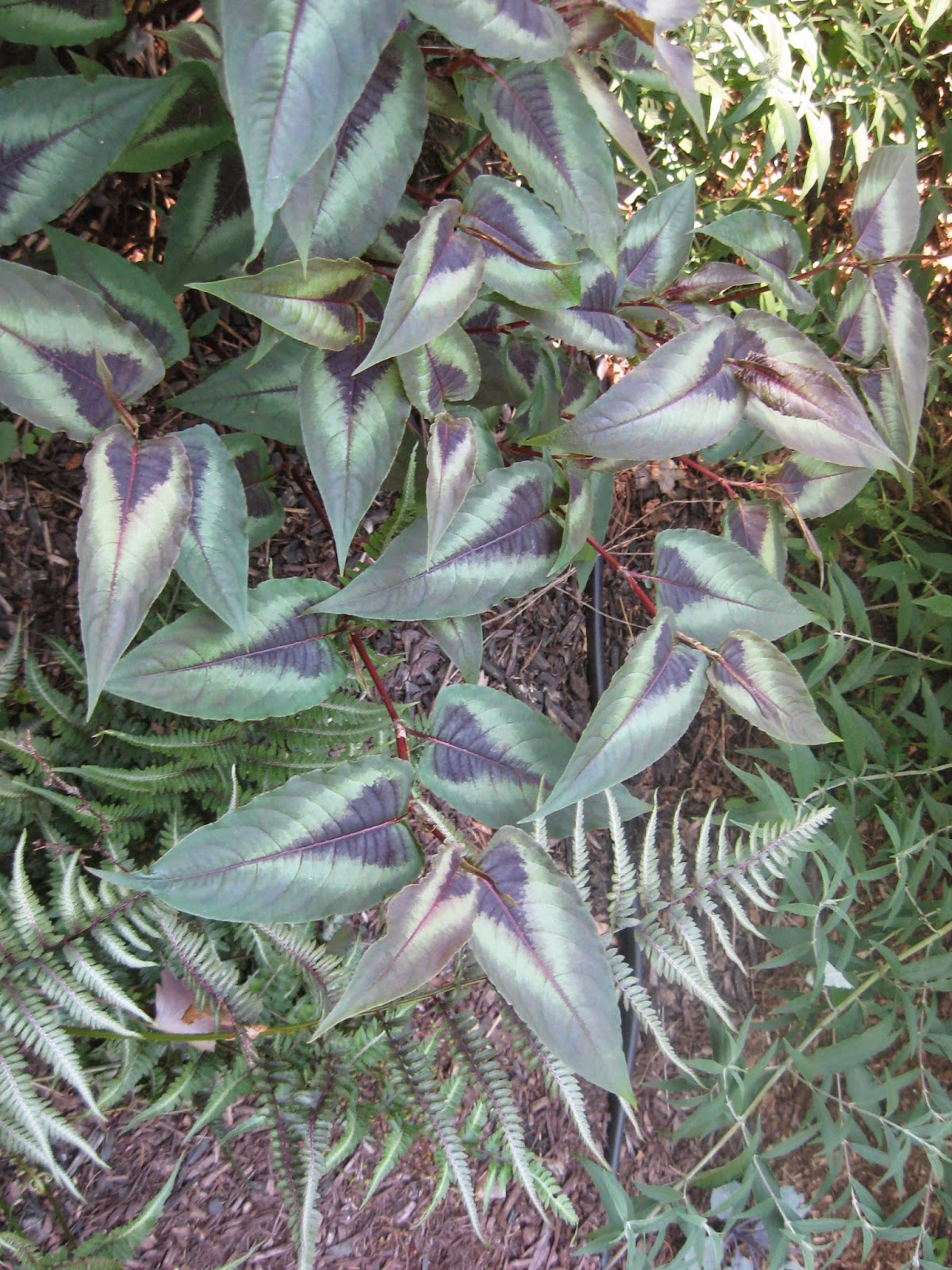I'm not usually a garden blogger: for most of the year, I put my passion, my energies, and my blogging attention, into art quilting.
But in the summertime, I take my art outside.
This year is going to be especially good for gardening: because Joe and I are not taking a midsummer vacation, I get to stay home and savor the plantings I've created, and continue to create, with such intentional artistic and horticultural zeal. So of course an activity I undertake so avidly should, like art quilting, be a strong presence in my blog.
In that spirit, I'll add that gardening has a spiritual dimension for me: sitting close to the ground, in a green space, bending my head over the plants, my strong intention is to create beauty where before there was none.
Even if it takes scut work to get there. Because like art quilting, gardening comes with its share of daunting but necessary chores.
There's art even with scut work, though, and that art is in knowing what to do when.
Today, for example, I could tell it was time to do some maintenance: cutting back a baptisia that had been overshadowing another plant behind it, pulling out an aggressively lush patch of knotweed, and of course, trying to train the Grandpa Ott morning glories to keep their vines to themselves.
Guiding grandpa. Given half a chance, this demented old man will lean over toward his erect and light-seeking neighbors, twine himself around their sturdier stems, and cheerfully take over their sunlight and space, advancing his own growth at their expense. This behavior must be discouraged. Grandpa Ott must be kept away, and trained away, from his neighbors:
Cutting back baptisia. In other scut work, I cut back my baptisia, which has already bloomed, created many heavy seedheads, and started to flop over. This is what it looked like when it bloomed, back at the beginning of June:
This is what it looked like today, heavy with seedheads, totally obscuring a lovely kiringeshoma koreana behind it.
You can't even see the kiringeshoma in this photo. Here's what a kiringeshoma would look like in the best of all possible worlds:
I wanted to give
my kiringeshoma a chance. So I took an electric hedge trimmer to the baptisia in front of it, a practice which will make the baptisia look shorn and needy right now, but more compact and manageable soon, according to a garden authority Tracy DeSabato-Aust, whose book, The Well-Tended Perennial Garden, I take seriously/
http://www.timberpress.com/books/well_tended_perennial_garden/disabato-aust/9780881928037,.
Pulling up persicaria. See the weeds in the image below--the ones with the spiky pink flowers? That's persicaria, or Japanese knotweed, a vigorous garden pest. We had luscious cool rains and a long spring this year, and I went away for two weeks at the end of the spring, and while I was gone, this lush stand of knotweed took root behind one of my beds:
Knotweed is a member of the genus persicaria. You can distinguish knotweed by the dark spots in the center of each leaf. Can you see them? My finger is next to one of them:
Of course, Duncan, a five month old standard poodle, was happy to help me with the weeding.
Besides being an obnoxious weed, though, the genus persicaria also produces at least one garden plant which I will permit to grow in my garden: persicaria Red Dragon:
I allow Red Dragon to grow because it offers bright and interesting foliage in a shady spot. I see a familial similarity between Red Dragon and knotweed in their pointed leaves with central contrasting coloring. Like its cousin the ubiquitous and invasive knotweed, the persicaria has a take-over, weedlike growth habit. In fact, I call this plant The Bad Boy for its tendency to sprawl imperialistically over its neighbors.
The existence of persicaria Red Dragon does not changes my opinion of its obnoxious relative, knotweed. The only good think about knotweed is that it's easy to pull up.
There's a lot of potential for artistry in gardening. There's the obvious one of creating visuals, contrasts in color, shape and texture...
but also the subtle art, shaped by experience, trial, and error, of knowing what to do and when.































 .
. 























